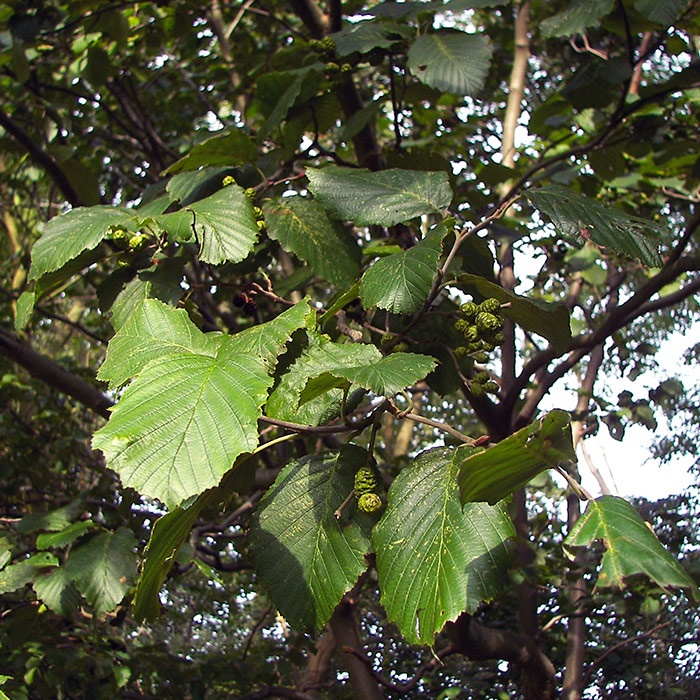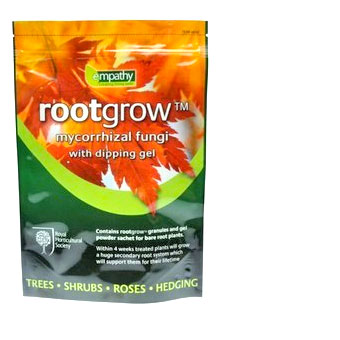| Pest & Minimum Protection Height |
Protection Type
Where more than one size is listed, the wider diameter protection is recommended for taller, bushier plants. |
Support Required
Taller support is recommended for use in sandier, lighter soils and wider/stronger support should be used at exposed sites. |

Vole, Mice
20cm |
Vole Guard
20cm |
None required |
| Pest & Minimum Protection Height |
Protection Type
Where more than one size is listed, the wider diameter protection is recommended for taller, bushier plants. |
Support Required
Taller support is recommended for use in sandier, lighter soils and wider/stronger support should be used at exposed sites. |
| Sorted by price; lowest to highest |

Rabbit
60cm |
Spiral Guard
60cm x 38mm, 60cm x 50mm |
Bamboo Cane
90cm x 9-11lbs, 12-14lbs or 14-16lbs |
Tubex Easywrap
60cm x 50-65mm |
Bamboo Cane
90cm x 9-11lbs, 12-14lbs or 14-16lbs |
Mesh Guard with Spray Shield
60cm x 130mm |
2 x Bamboo Canes
90cm x 9-11lbs, 12-14lbs or 14-16lbs |
Tubex Fruitwrap
60cm x 65-80mm |
Bamboo Cane
90cm x 9-11lbs, 12-14lbs or 14-16lbs |
Tubex Ecostart
60cm x 57-73cm |
Square Sawn Tree Stake
75cm x 25mm, 75cm x 32mm |
Tubex Tree Shelter
60cm x 73-105mm |
Square Sawn Tree Stake
75cm x 25mm, 75cm x 32mm |
Tubex Shelterguard Mesh Tube
60cm x 80-110mm |
Square Sawn Tree Stake
75cm x 25mm, 75cm x 32mm |
Tubex Treeguard Mesh Tube
60cm x 80-110mm |
Square Sawn Tree Stake
75cm x 25mm, 75cm x 32mm |
Tubex Shrub Shelter
60cm x 130-160mm, 60cm x 144-200mm |
Square Sawn Tree Stake
75cm x 25mm, 75cm x 32mm |
Tubex Shrub Shelterguard Mesh Tube
60cm x 130-160mm, 60cm x 170-200mm |
Square Sawn Tree Stake
75cm x 25mm, 75cm x 32mm |
Tubex Treeguard Mesh Tube for Shrubs
60cm x 130-160mm, 60cm x 170-200mm |
Square Sawn Tree Stake
75cm x 25mm, 75cm x 32mm |
| Pest & Minimum Protection Height |
Protection Type
Where more than one size is listed, the wider diameter protection is recommended for taller, bushier plants. |
Support Required
Taller support is recommended for use in sandier, lighter soils and wider/stronger support should be used at exposed sites. |
| Sorted by price; lowest to highest |

Hare
75cm |
Tubex Easywrap
75cm x 50-65mm |
Bamboo Cane
90cm x 9-11lbs, 12-14lbs, 14-16lbs or 1.20m x 20-22lbs |
Spiral Guard
75cm x 50mm |
Bamboo Cane
90cm x 9-11lbs, 12-14lbs, 14-16lbs or 1.20m x 20-22lbs |
Tubex Fruitwrap
75cm x 65-80mm |
Bamboo Cane
90cm x 9-11lbs, 12-14lbs, 14-16lbs or 1.20m x 20-22lbs |
Tubex Ecostart
75cm x 57-73mm |
Square Sawn Tree Stake
90cm x 25mm, 90cm x 32mm |
Tubex Tree Shelter
75cm x 73-105mm |
Square Sawn Tree Stake
90cm x 25mm, 90cm x 32mm
|
Tubex Combitube
75cm x 73-105mm |
Square Sawn Tree Stake
90cm x 25mm, 90cm x 32mm
|
Tubex Shelterguard Mesh Tube
90cm x 80-110mm |
Square Sawn Tree Stake
90cm x 25mm, 90cm x 32mm
|
Tubex Treeguard Mesh Tube
75cm x 80-110mm, 90cm x 80-110mm |
Square Sawn Tree Stake
90cm x 25mm, 90cm x 32mm
|
Tubex Shrub Shelter
75cm x 130-160mm, 75cm x 144-200mm |
Square Sawn Tree Stake
90cm x 25mm, 90cm x 32mm
|
| Pest & Minimum Protection Height |
Protection Type
Where more than one size is listed, the wider diameter protection is recommended for taller, bushier plants. |
Support Required
Taller support is recommended for use in sandier, lighter soils and wider/stronger support should be used at exposed sites. |
| Sorted by price; lowest to highest |

Roe Deer/Muntjac
1.20m |
Tubex Tree Shelter
1.20m x 73-105mm, 1.20m x 80-120mm |
Square Sawn Tree Stake
1.20m x 32mm, 1.35m x 32mm |
Tubex Combitube
1.20m x 73-105mm |
Square Sawn Tree Stake
1.20m x 32mm, 1.35m x 32mm
|
Tubex Shelterguard Mesh Tube
1.20m x 80-110mm |
Square Sawn Tree Stake
1.20m x 32mm, 1.35m x 32mm |
Tubex Treeguard Mesh Tube
1.20m x 80-110mm |
Square Sawn Tree Stake
1.20m x 32mm, 1.35m x 32mm |
Galvanised Mesh Tree Guard
1.20m x 300mm |
Machine Rounded Tree Stake
1.20m x 50mm, 1.50m x 50mm |
| Pest & Minimum Protection Height |
Protection Type
Where more than one size is listed, the wider diameter protection is recommended for taller, bushier plants. |
Support Required
Taller support is recommended for use in sandier, lighter soils and wider/stronger support should be used at exposed sites. |
| Sorted by price; lowest to highest |
 Fallow Deer Fallow Deer
1.50m |
Tubex Tree Shelter
1.50m x 80-120mm, 1.80m x 80-120mm |
Square Sawn Tree Stake
1.50m x 32mm, 1.80m x 32mm |
Tubex Combitube
1.50m x 80-120mm, 1.80m x 80-120mm |
Square Sawn Tree Stake
1.50m x 32mm, 1.80m x 32mm |
Tubex Shelterguard Mesh Tube
1.50m x 80-110mm, 1.80m x 80-110mm |
Square Sawn Tree Stake
1.50m x 32mm, 1.80m x 32mm |
Tubex Treeguard Mesh Tube
1.50m x 80-110mm, 1.80m x 80-110mm |
Square Sawn Tree Stake
1.50m x 32mm, 1.80m x 32mm |
Galvanised Mesh Tree Guard
1.80m x 300mm, 1.80m x 600mm |
Machine Rounded Tree Stake
1.80m x 60mm |




